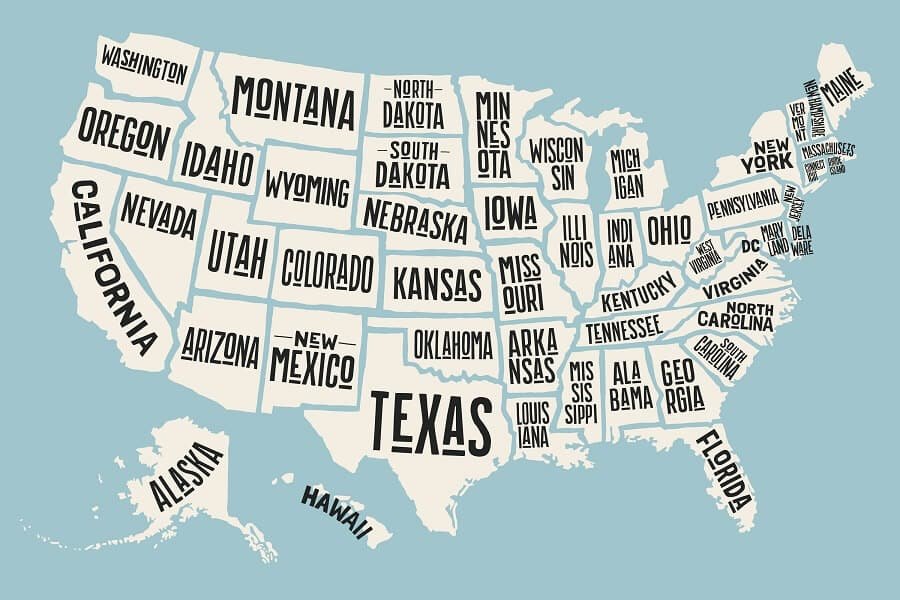After more than 15 years without a change, American workers are finally set to receive a long-awaited raise. Beginning November 12, 2025, the U.S. federal minimum wage will increase for the first time since 2009 – a significant step toward improving income stability and easing the burden of inflation for millions of workers nationwide.
- Federal minimum wage rises from $7.25 to $9.50 per hour starting November 12, 2025
- Tipped worker base pay increases from $2.13 to $5.50 per hour
- Federal plan targets $15 per hour by 2030, with annual inflation adjustments
Wage Boost for U.S. Workers
Under the new federal mandate, the minimum wage will jump from $7.25 to $9.50 per hour, ending one of the longest wage freezes in U.S. history. Lawmakers also approved a gradual increase to $15 per hour by 2030, tied to inflation and productivity growth.
For a full-time employee working 40 hours per week, this means an additional $160 per month or nearly $2,000 per year – a meaningful boost for low-income households facing high costs of living.
| Category | Previous Federal Rate | New Rate (Nov 2025) | Target by 2030 |
|---|---|---|---|
| General Workers | $7.25/hour | $9.50/hour | $15/hour |
| Tipped Workers | $2.13/hour | $5.50/hour | TBD |
| Youth Training Wage | $4.25/hour | $8.00/hour | $10/hour |
According to the U.S. Department of Labor (DOL), roughly 27 million workers currently earn less than $15 per hour. This adjustment will not only raise their earnings but also influence wage scales for other employees as companies adjust pay structures.
State-Level Wage Adjustments
While the federal increase sets a new national baseline, individual states have their own minimum wage laws – many of which already exceed the federal level. Over half of all states are implementing new, higher wage rates in November 2025.
| State | Previous Rate | New Rate (Nov 2025) | Notes |
|---|---|---|---|
| California | $16.00 | $17.50 | Higher in cities like San Francisco |
| New York | $16.00 | $17.00 (NYC, LI, Westchester) | Regional variations |
| Florida | $13.00 | $14.00 | On path to $15 by 2026 |
| Washington | $16.28 | $17.25 | Among highest in U.S. |
| Texas | $7.25 | $9.50 | Matching federal rate for first time since 2009 |
| Oregon / Illinois / Colorado | $13.50–$15.50 | $14.00–$16.50 | Inflation-linked annual raises |
Several metro areas – including Seattle, San Francisco, and Washington, D.C. – already exceed $18/hour, reflecting strong regional wage growth.
Tipped and Youth Workers See Major Benefits
Service workers who rely on tips will see one of the largest proportional increases in decades. Their base pay – unchanged for over 30 years – will rise from $2.13/hour to $5.50/hour. Employers must still ensure that total compensation (including tips) meets or exceeds the $9.50/hour federal minimum.
For younger workers under 20, the training wage for the first 90 days of employment increases from $4.25/hour to $8.00/hour, eventually transitioning to the standard rate. These measures aim to provide greater income security and reduce turnover among entry-level workers.
Why the Increase Matters

The wage hike comes amid mounting economic pressures: rising inflation, higher rent, healthcare costs, and widening income gaps. Supporters say the raise will help stabilize households, stimulate consumer spending, and strengthen small business revenues.
Supporters argue:
- Higher wages improve employee retention
- Local economies benefit from increased consumer spending
- Families will better manage essential costs
Critics warn:
- Small businesses could struggle with higher payroll costs
- Certain industries may increase prices to offset expenses
- Automation and job consolidation could accelerate
To cushion the impact, several states plan tax incentives and temporary assistance for small businesses during the transition.
What Employers Must Do
Employers nationwide must prepare for the new standards by November 12, 2025. Compliance requirements include:
- Updating payroll systems with new federal and state wage rates
- Displaying updated FLSA Minimum Wage Posters in visible areas
- Maintaining accurate pay and time records
Noncompliance could lead to back pay orders, penalties, or legal action enforced by the Department of Labor’s Wage and Hour Division. Employers can find official compliance tools and guidance at dol.gov/agencies/whd.
The Bigger Picture: A Turning Point for U.S. Workers
The 2025 minimum wage increase marks a critical milestone in American labor policy. Economists describe it as a “national experiment” in aligning pay growth with inflation and productivity without harming employment rates.
If successful, it could lead to:
- Stronger consumer confidence and spending
- Reduced economic inequality
- Greater financial stability for working families
For millions of Americans, this change is not just about hourly pay – it’s about recognition of their labor’s value and a long-overdue adjustment to meet the realities of modern living.
The November 2025 wage hike signals a new chapter for the U.S. workforce — one where fair pay takes a central role in rebuilding economic resilience.



